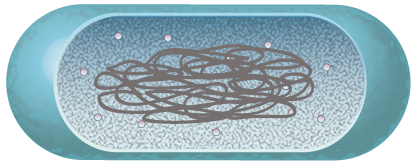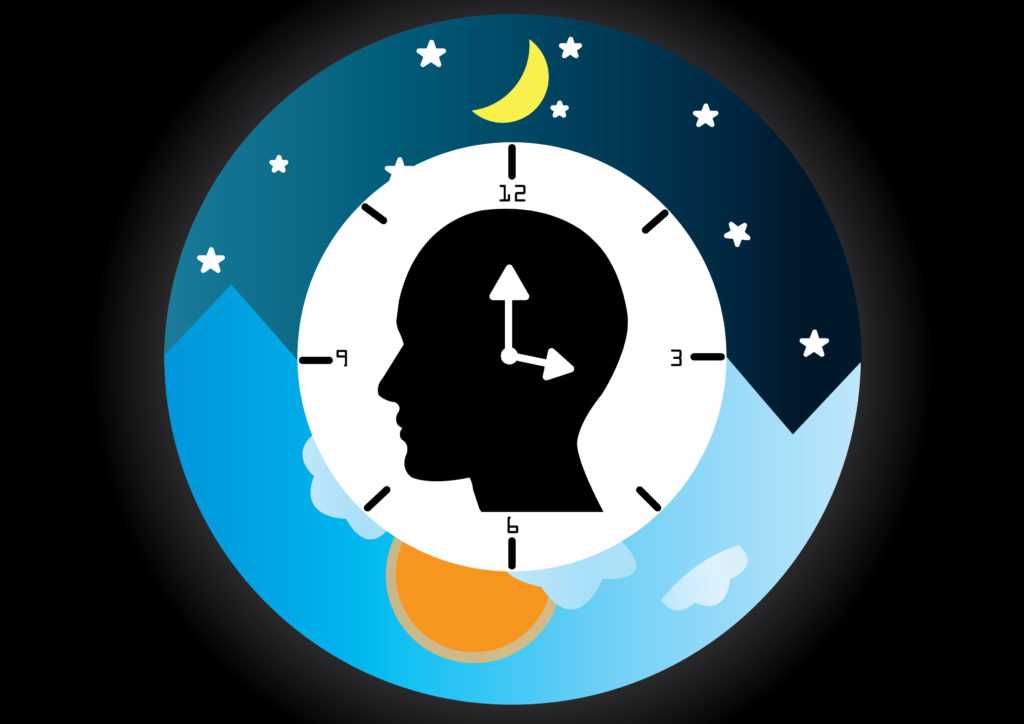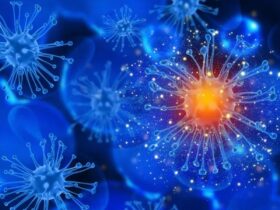New research reveals that bacteria also have an internal circadian cycle to be able to regulate themselves to the Earth’s 24 hours
From humans to plants and animals, everyone has an internal circadian clock. Now research reveals that bacteria also have a system to align with the 24-hour cycle of life on Earth.

Circadian cycle: what it is
The biological clock or ciclo circadiano it is a particular bodily mechanism capable of regulating biological functions based on the light of day. These exquisite internal timing mechanisms are widespread in nature. In fact, they allow living organisms to cope with the main changes that occur from day to night, even through the seasons. Within cells, these molecular rhythms use external signals such as daylight and temperature to synchronize the environment with the metabolism and the sleep-wake rhythm. This is why we experience the annoying effects of jet lag or some seasonal changes. These things happen because we are no longer temporarily able to align with the new cycles of light and dark.

Previous
A growing body of research over the past two decades has shown the importance of these molecular metronomes for essential processes such as sleep and cognitive functioning in humans, water regulation and photosynthesis in plants. Previous studies have shown that i battery photosynthetics, which require light to produce energy, have biological clocks. Bacteria represent 12% of the planet’s biomass and are important for health,ecology and industrial biotechnology. Despite this, little is known about their circadian cycle.

Circadian cycle in bacteria: research
A team of researchers, led by professoressa Martha Merrow from Munich, recently published research on a non-photosynthetic bacterium. The team applied a technique called signaling luciferasi. This technique involves adding an enzyme that produces bioluminescence to allow researchers to visualize how active a is gene within an organism. The researchers focused on the activity of two genes. The first called ytvA produces a photoreceptor for blue light and the second, called kinC, induces the formation of biofilms and bacterial spores. They thus observed that their levels are sensitive to the cycles of light and dark. In particular they found that ytvA increases duringdarkness and decreases with the light. Plus these levels of expression they need time to adapt to changes. The researchers observed how it took several days for the expression of these genes to stabilize again if the hours of light increased or decreased. The scholars conducted these experiments also varying the temperature, demonstrating a pattern consistent with previous observations. By modifying the daily rhythms then the ytvA and kinC genes were regulated through a complex circadian cycle.

Possible applications
This research could be used to answer important medical and industrial questions. For example: How does the time of day affect the likelihood of becoming infected with a bacterium? The time of treatment antibiotic it’s important? Biotechnological processes can be optimized industrial taking into account the light? The bacterium used in research, Bacillus subtilis, is used in various industrial applications, from the production of detergents to probiotics. The research will therefore lead to probable industrial changes in its use. The researchers then plan to use other bacteria to confirm the results and use these models in studying the circadian rhythm. The author Dr Antony Dodd of the John Innes Center states:
Our study opens the door to investigate circadian rhythms in bacteria. Now that we have established that bacteria can tell the time, we need to discover the processes that cause these rhythms and understand why having a rhythm can offer bacteria an advantage.
Follow us in our section sciences for other news!















